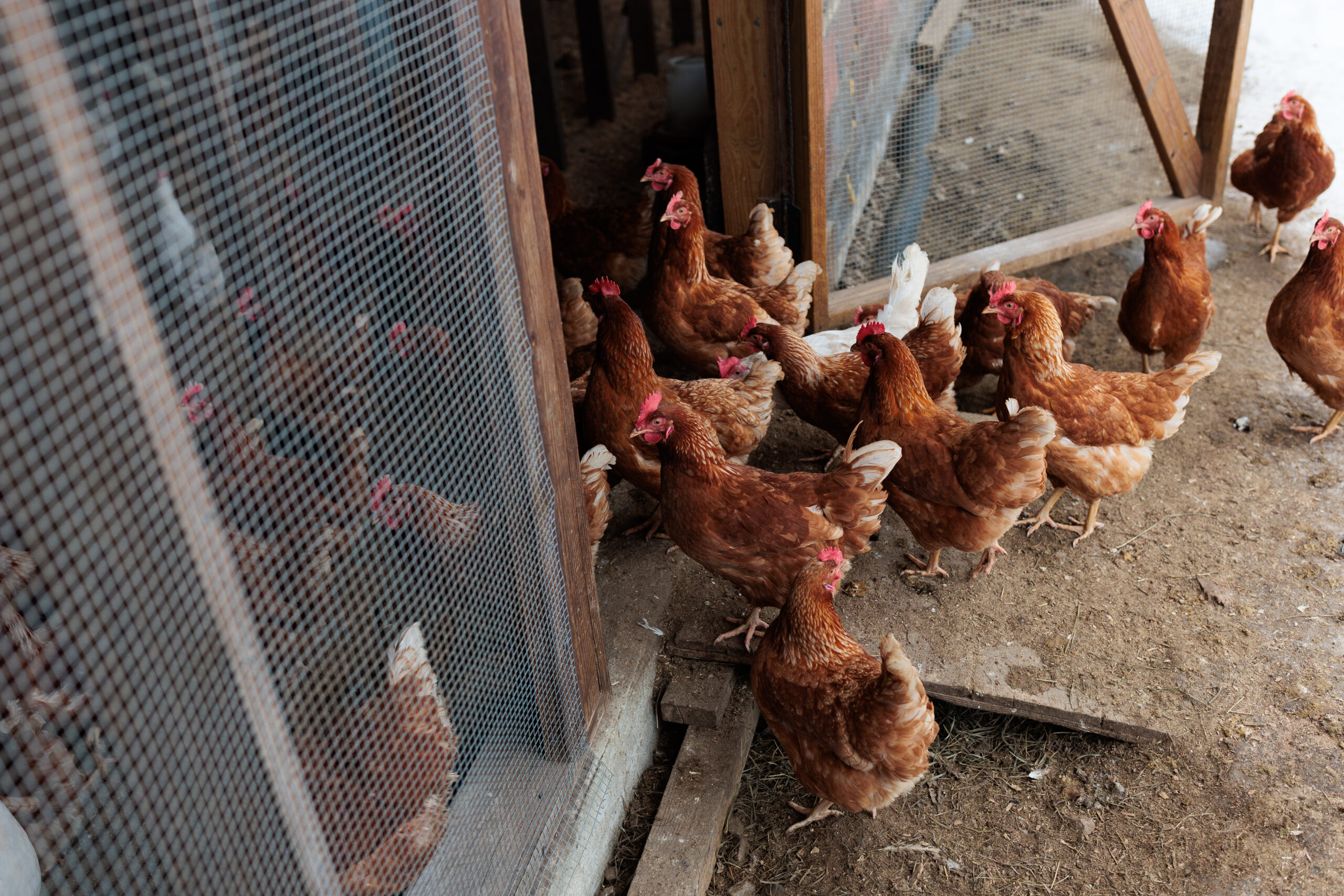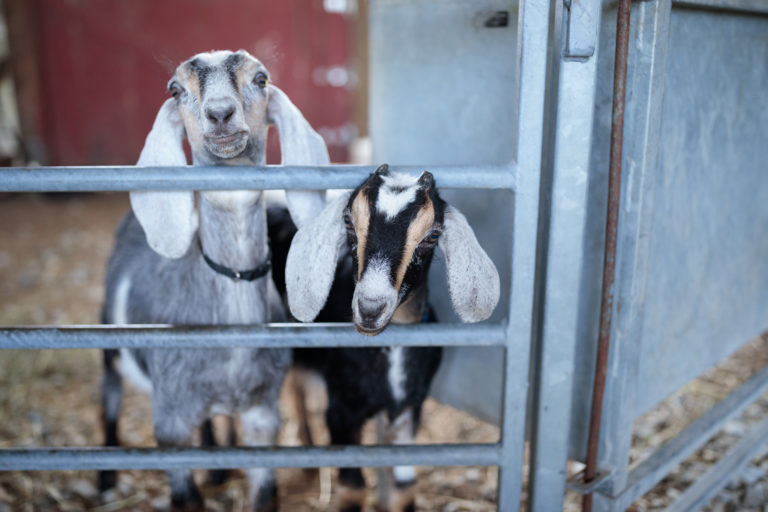
This is a reply I received to an essay I’d sent to a colleague and friend. It reminded me that connection to others is rarely “eyes meeting across a crowded room/kaboom,” but is instead a slow collection of tiny threads that may (or may not) eventually be twisted together to make the rope for an anchor to community and to this planet. He was reacting to my being snobby and dinosaur-ish about media: “Gathering around the TV” was something I resisted. I have mixed feelings about that when I see whole families and friends watching football games or movies together—on the one hand, I missed a chance to bond; on the other, my head is not stuffed with mental fluff to be sorted through for nuggets of real experience. He schooled me!
“As you know, I am someone who will watch football games, etc., with folks, and I have some very positive memories of sitting around with my family watching early HBO on cable, or even the kids’ shows on Nickelodeon—many of which were written by people who clearly had an eye for the adults in the room. I don’t see these limited experiences as a cop out, but rather as a means of communication for people who may struggle in that area. But it did, and does, present a starting point, a laboratory if you will, for something more pointed to potentially take place.
When I interact with those who have a facility for deep communication, the conversation and subject matter flows easily. But for those for whom it is less organic we may need a non-threatening environment to get them to open up. And you may need multiple trials in that non-threatening environment for something to happen at all. Sometimes you may get a nugget of deeper communication, perhaps even a jumping off point for future conversation, but without something meaningless and non-threatening in front of them the conversation finds no soil to germinate.
I read an article years ago—the author proposed that one of the reasons people struggle socially outside of high school is that we lack the key ingredients that most people need to form friendships: proximity and spontaneity. A lot of friendships have inside jokes and lingo that draw the people closer together—a feeling of deep knowing that connects you that outsiders wouldn’t understand. And many of those experiences and stories happen spontaneously when two people are engaged in some other task. Think of some of the stories you have with your closest people that ‘You had to be there’ to truly understand. They can’t be generated deliberately because they arise from randomness. But any mathematician will tell you randomness is often a product of events happening over and over until something breaks the pattern. And in that sense, you need proximity to create the total number of events necessary for spontaneity to occur. So, sometimes you may watch twelve shows on TV together, but from those shows have two lines that were hilarious to both of you and became an inside joke. Or you may watch an entire season of football with somebody, but from that collection of Sundays cull a handful of experiences that generate connection or feelings of warmth. And it may have nothing to do with the game, it may be that time somebody dropped a Dorito down their shirt. So, it is in that spirit as well that I appreciate some of the more banal gatherings in my life.”
Tomas, thank you for this correction. I challenge Ranchers, families of Ranchers, and staff to be patient with themselves and each other, and to see that “small moments” are never wasted, just because they don’t “fix” everything.
Connection is what heals!




